In the world of DIY electronics and soldering, creating a safe and clean workspace is paramount. One of the often-overlooked aspects of this endeavor is managing the fumes produced during soldering. These fumes can be harmful, leading to respiratory issues if not managed properly. This is where the ultimate 6.7 solder fume extractor steps in as an indispensable tool. This article will delve into the construction and benefits of a DIY solder fume extractor, equipping you with the knowledge to enhance your workspace safety efficiently.
**Understanding the Need for a Solder Fume Extractor**
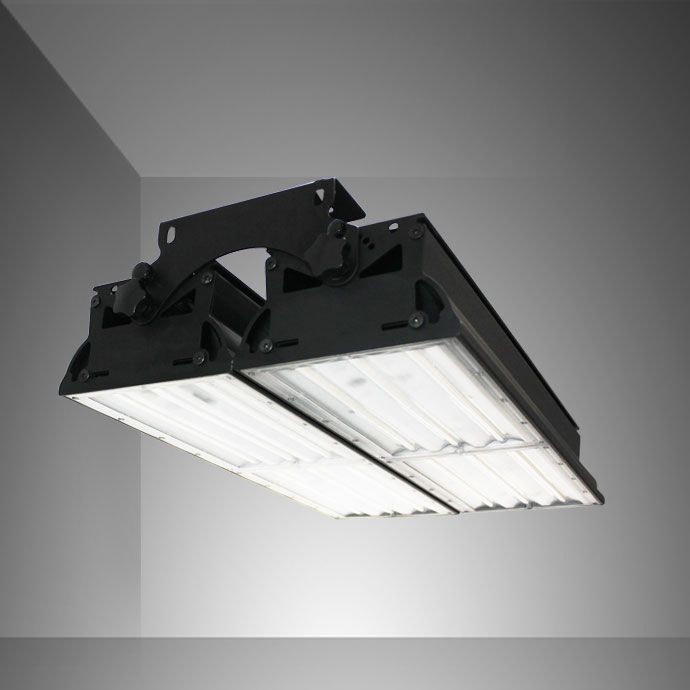
Soldering involves melting solder to join electronic components, releasing fumes comprised of volatile organic compounds (VOCs) and particulate matter. These fumes, often invisible, can include rosin, lead, and other flux-related substances that may irritate the lungs and eyes. Prolonged exposure can also contribute to more serious health conditions.
A solder fume extractor is designed to mitigate these risks by capturing and filtering the air around your soldering workspace. This device operates by drawing in contaminated air and passing it through a filtering system which removes harmful particles and gases, thus providing cleaner air to breathe.
**Designing the Ultimate DIY Solder Fume Extractor**
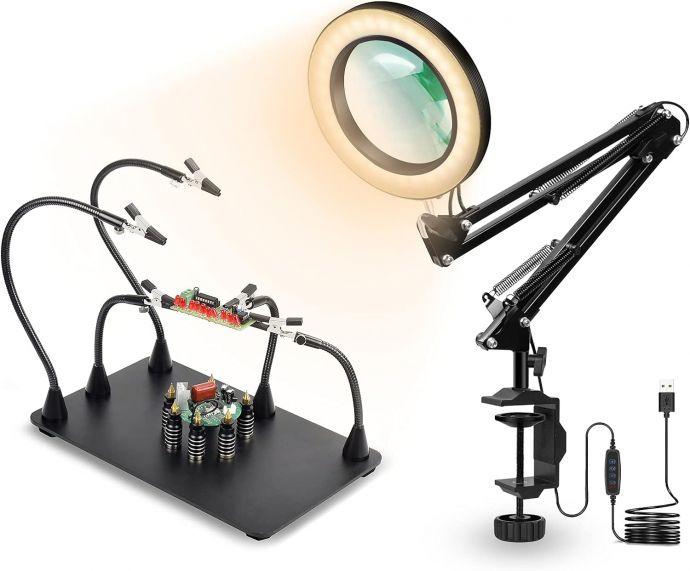
Creating your own solder fume extractor can be a fulfilling project that simultaneously ingrains safety into your DIY practices. The key components you'll need include a fan, a high-quality filter, a power supply, and a casing to house these components. Here's a step-by-step guide to constructing your own 6.7 solder fume extractor.
1. **Selecting a Fan**
The heart of your fume extractor is the fan. You’ll need a fan robust enough to draw air efficiently without being excessively noisy or consuming too much energy. A computer cooling fan—ideally one with dimensions around 120mm—is a popular choice due to its availability and effectiveness. Ensure the fan’s airflow rating is suitable for the space you are working in, which typically should be about 50-80 cubic feet per minute (CFM).
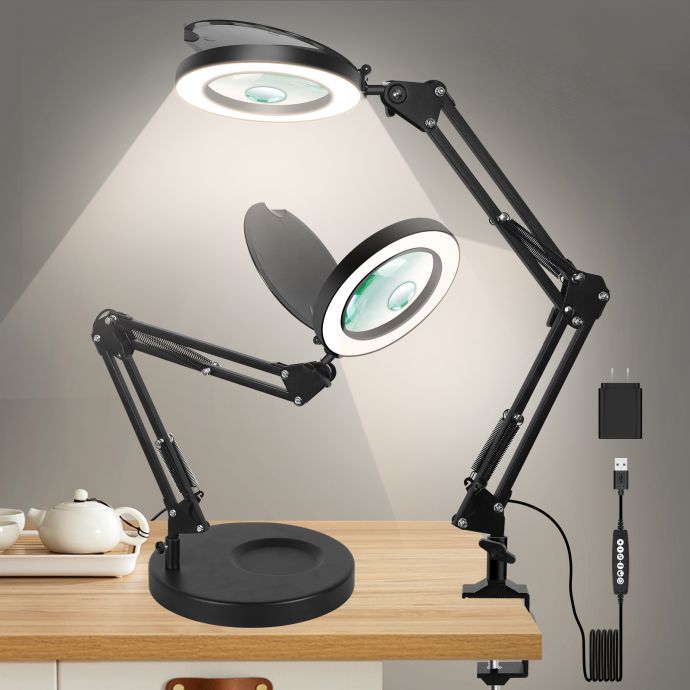
2. **Choosing the Right Filter**
The effectiveness of your fume extractor largely depends on the quality of the filter. Activated carbon filters are highly recommended as they are efficient at trapping gases and organic particles. Depending on your needs, you may also opt for HEPA (High Efficiency Particulate Air) filters to capture even finer particles. Some enthusiasts combine both filter types for a comprehensive filtration solution.
3. **Power Supply**
For the power supply, a simple USB connection or an AC adapter can be sufficient, ensuring it is compatible with your fan’s power requirements. A USB option provides the additional benefit of portability and ease of connection to various power sources, including computers and portable power banks.

4. **Constructing the Casing**
The casing will house the fan and the filter, ensuring air is properly channeled through the filter. Materials such as acrylic, aluminum, or even a sturdy plastic container can be utilized based on your preference and available tools. Design the casing to allow easy access to the filter for routine changes and maintenance.
5. **Assembly**
Begin by mounting the fan inside the casing, ensuring that it is securely positioned with the airflow directed towards the filter. Attach the filter directly adjacent to the fan output for optimal filtration. Secure all components, ensuring there are no air leaks between sections.
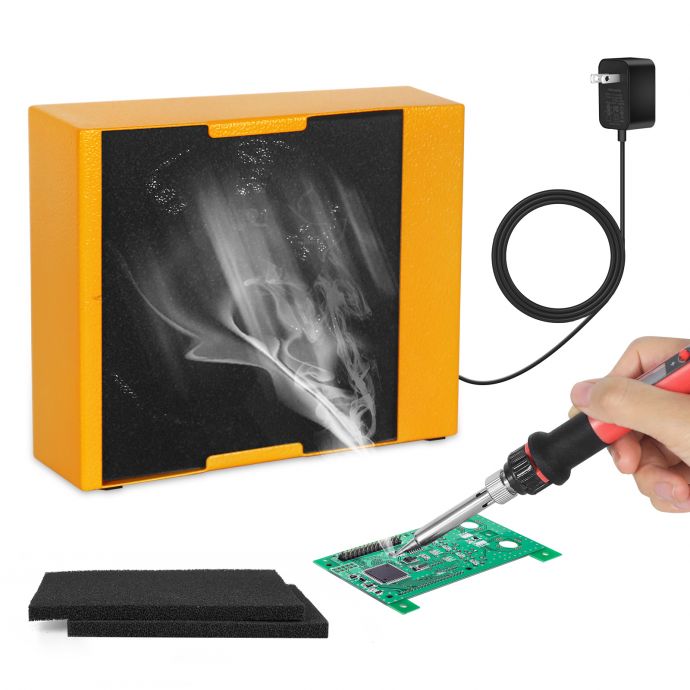
6. **Testing and Optimization**
Once assembled, test your fume extractor by doing a small soldering task and observing its efficiency in smoke absorption. If smoke still escapes or the extraction seems insufficient, consider increasing the fan speed, improving sealing around the casing, or opting for a larger fan.
**Advantages of Building Your Own Extractor**
Constructing your own solder fume extractor offers multiple benefits beyond just cost savings. Here’s why many choose this DIY path:
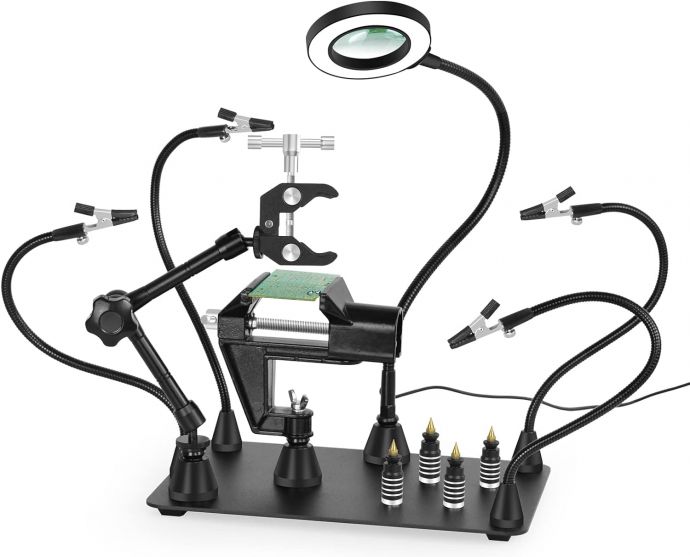
- **Customization**: Tailor the extractor’s size, power, and filtration capabilities to suit your specific needs.
- **Cost-Effectiveness**: While commercially available units can be expensive, a DIY version can often be constructed at a fraction of the cost.
- **Environmental Impact**: By repurposing materials such as unused fans or containers from other projects, you can contribute to eco-friendly practices.
- **Learning Experience**: Building your own extractor enhances your technical skills and understanding of air filtration systems.
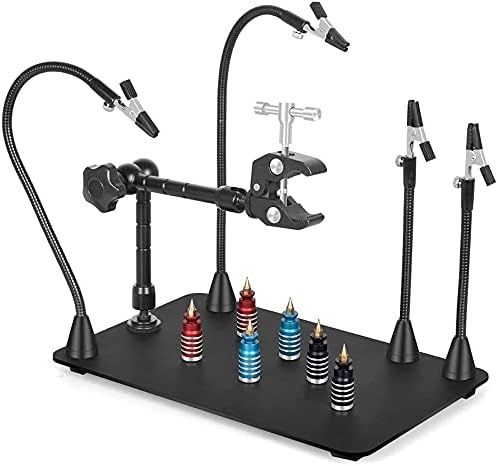
**Maintaining Your DIY Fume Extractor**
Like any tool, ensuring the longevity and effectiveness of your fume extractor requires regular maintenance. Change the filters periodically, particularly if you use the extractor frequently, to maintain optimal performance. Inspect the fan for dust buildup, lubricate if necessary, and ensure all electrical connections are secure to prevent malfunction.
**Conclusion**
Solder fume extractors are indispensable tools in maintaining a safe work environment while engaging in soldering activities. Building your own DIY 6.7 solder fume extractor allows you to take control of the air purity in your workspace, aligning with both safety and sustainability goals. Whether you're a budding enthusiast or a seasoned professional, crafting your own fume extractor can be a rewarding and practical endeavor. Adopting such practices not only protects your health but also reflects a commitment to responsible and thoughtful DIY culture.









